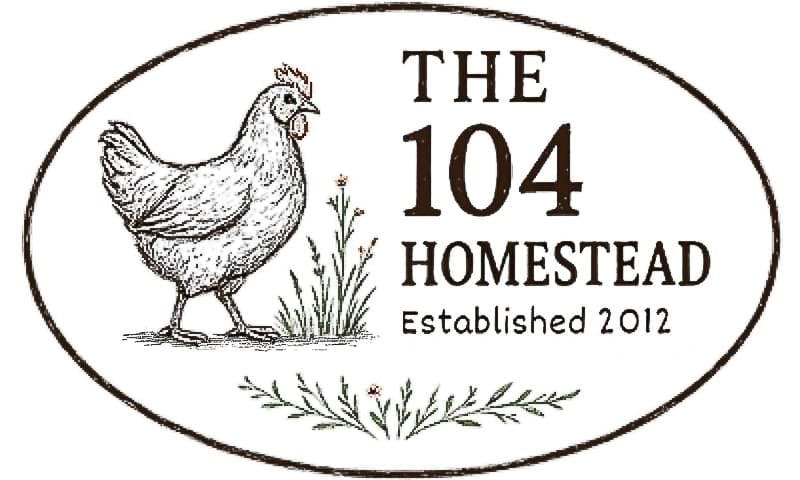How Many Quail Should You Start With? (A Beginner’s Guide)
Not sure how many quail to start with? Learn how to choose the right number of Coturnix quail for eggs, meat, or breeding, plus tips and beginner advice.
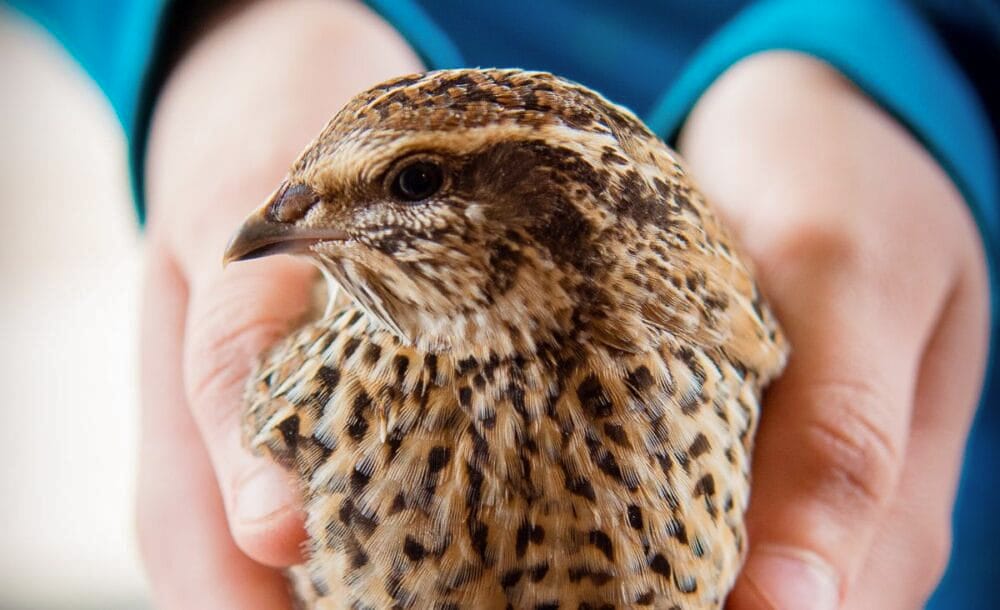
If you’re thinking about raising Coturnix quail, the first thing you probably wonder is: how many do I start with? The answer isn’t the same for everyone. It really comes down to your goals, your space, and how much time you want to give them.
I’ve worked with new keepers who just wanted a few adorable birds to watch and collect the occasional egg, and I’ve helped others build systems to produce hundreds of eggs and dozens of meat birds a month. Whether you’re in it for the breakfast eggs or planning a steady meat supply, here’s how I’d size things up.
Figure Out Your Goals First
Before you land on a number, ask yourself what you actually want from your quail. Are you mostly interested in a small, low-maintenance covey for fresh eggs? Are you hoping to raise enough meat to feed your family? Or are you planning to hatch and grow your covey into a sustainable, self-reliant setup?
Not sure if Coturnix are the right birds for you? Here’s why I recommend them over other types of quail.
Let’s look at what makes sense for the most common reasons people raise quail.
For Fresh Eggs
If you’re raising quail just for eggs, a group of 3 to 5 hens per person in your household is a great place to start. Coturnix hens are little egg machines. When I started with just a handful of hens, I had more eggs than I knew what to do with in a week. That’s when I learned quail eggs pile up fast. Even a small covey will give you more eggs than you think.
If eggs are your main goal, check out my beginner guide to raising Coturnix quail for eggs over on Forget-Me-Not Quail Farm.
You don’t need any males for egg production unless you want fertile eggs for hatching.
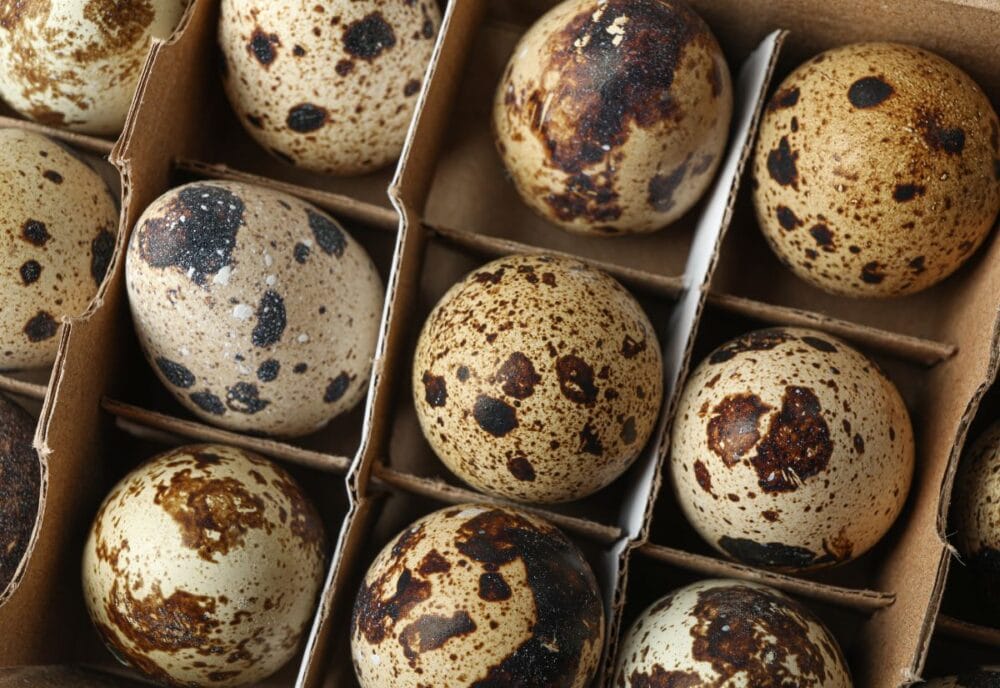
For Meat Production
If you want to produce your own meat, you’ll need a larger group and a plan for staggered hatches. Start with 15–20 birds so you can get a feel for their growth rates, feed needs, and housing. That’s usually plenty to see how your setup handles the extra feed and cleanup, and how often you’re comfortable butchering. Processing days can feel a little intense at first, but once you get into the swing of it, the rhythm makes sense.
Don’t be surprised if you decide you like raising meat quail. It’s a whole different rhythm than just keeping layers.
Many people raise males only for meat, hatching in batches and keeping just enough hens and roosters to maintain their breeding lines.
For Breeding and Sustainability
Interested in hatching your own eggs? You’ll need a balanced breeder group. 1 cock to every 4–5 hens is ideal. Start with 20–30 birds total if you’re building a sustainable rotation. That way you’ve got options. Hang onto the best layers or calmest birds, and the local market (or the freezer) takes care of the rest.
You can always scale up from there as you gain experience and refine your systems.
Curious about raising quail for meat? I walk through housing, processing age, and batch scheduling in this full guide.
How Space Shapes Your Starting Covey
One of the biggest factors in how many quail you should start with is how much space you actually have. Even the most ambitious plans need to fit within your setup. I learned real quick that space fills up faster than you think.
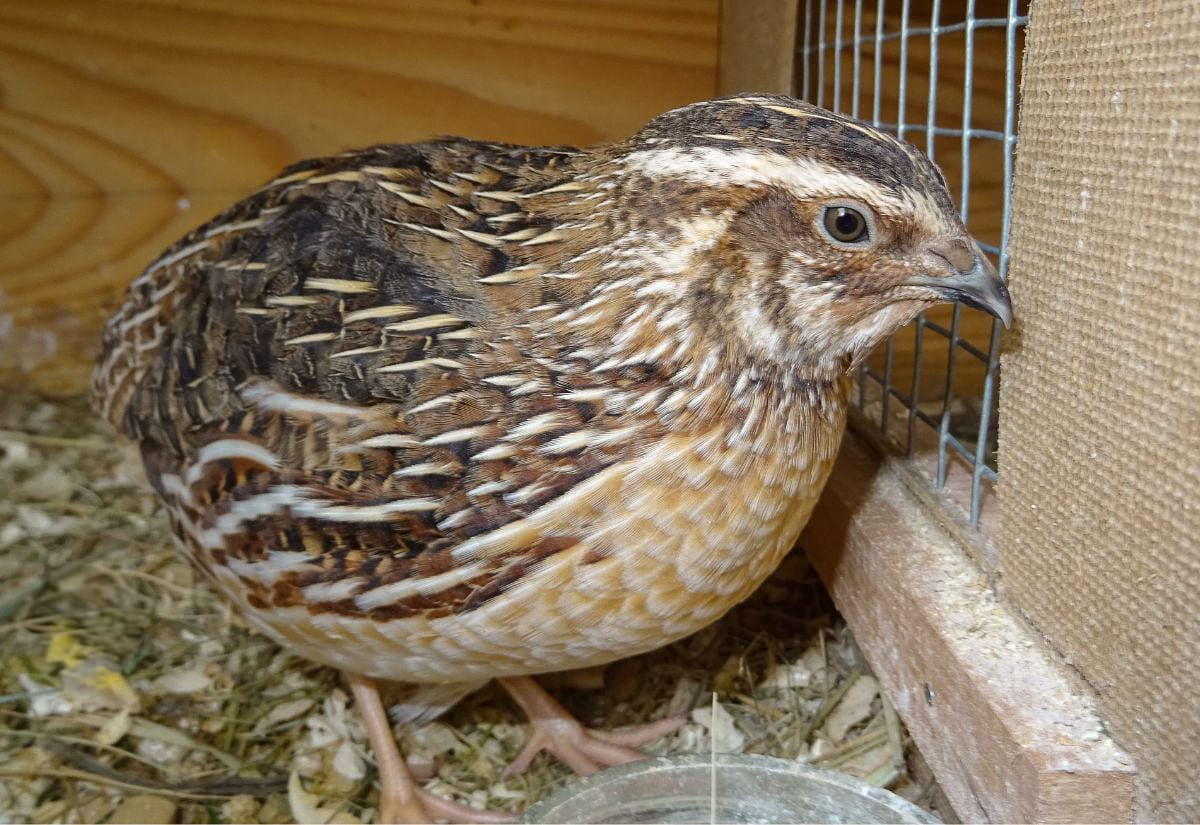
How Much Room Do Quail Really Need?
My first pen was only about 12 square feet, and I learned real quick that space fills up faster than you think. Quail don’t need as much room as chickens. But they still need space to move, stay clean, and avoid fighting. These are general space guidelines:
- Production-style cages or stackers: 2–3 birds per square foot
- Colony setups or walk-in pens: 1–1.5 square feet per bird
- Tractors or pasture pens: 0.75–1 square foot per bird
If you’re not sure how many birds your setup can handle, reverse the math. Measure your available square footage and divide by the space each bird needs.
For example, my 25-square-foot walk-in pen holds about 20 quail, with room left over for feeders, waterers, and a few little hideouts.
Want help designing your setup? I cover beginner-friendly pen options like tractors, coops, and aviaries over on Forget-Me-Not Quail Farm. I break down the pros and cons of each option in this guide to raising quail on the ground in coops, pens, and aviaries.
Don’t Forget About Your Own Access
You’ll also want to make sure there’s room for feeders, waterers, dusting pans, and YOU. Being able to easily access your birds for daily care makes a big difference (especially when you’re just starting out).
Not sure how much feed your covey will need? I break down daily feed amounts and cost-saving tips in my complete feeding guide.
If your space is tight, start with fewer birds and expand once you’ve dialed in your routine.
Quail Number Questions I Hear a Lot
Still figuring out the math? Here are a few more questions I hear from new keepers:
Thinking about adding quail? Pin this post so you can come back when it’s time to plan your setup!
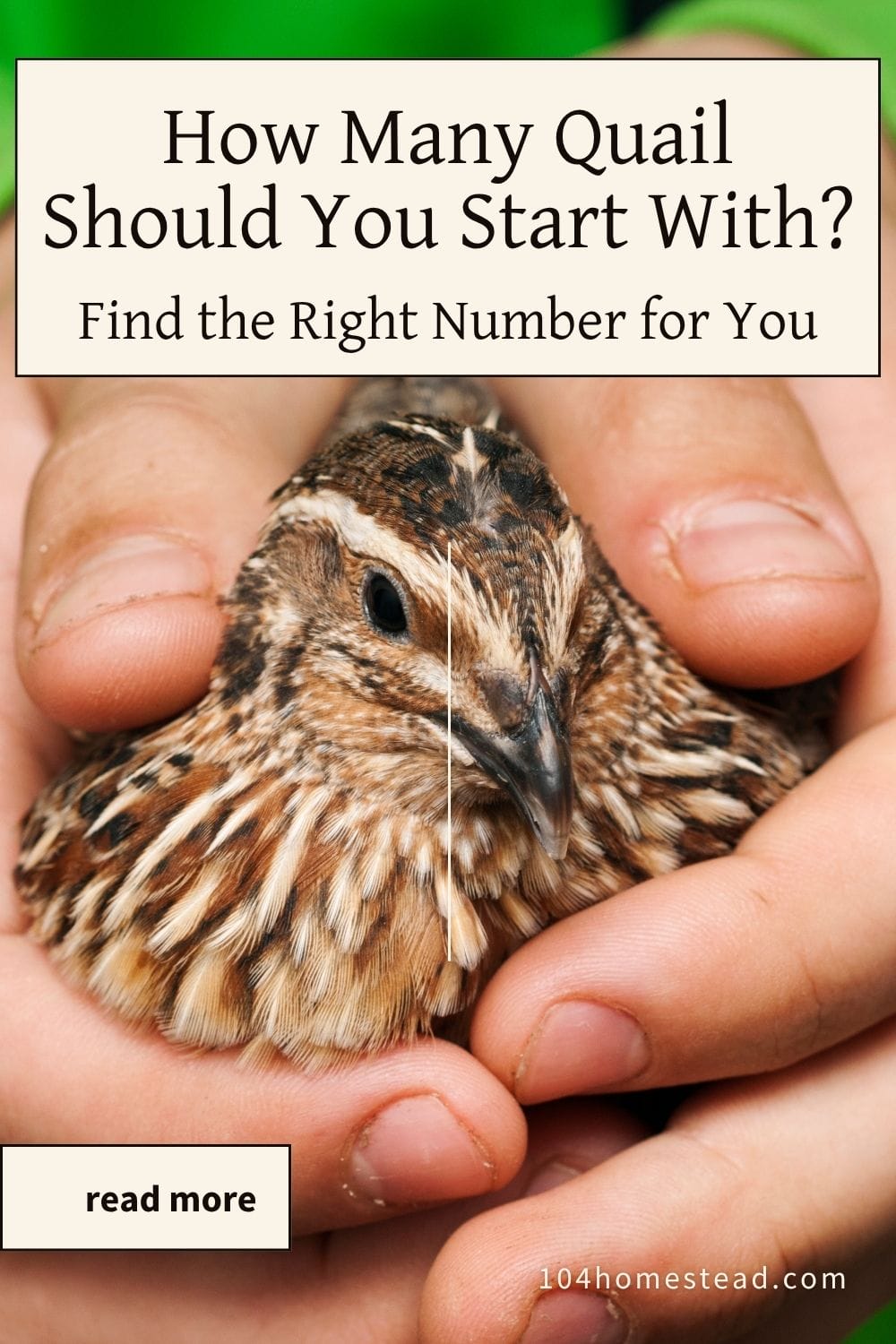
Whether you’re raising quail for eggs, meat, or hatching, the best number to start with is one you can manage well. Start small, learn as you go, and trust me, your covey will multiply quicker than you expect. If you’re anything like me, you’ll start small and end up with way more quail than you ever planned.
Quail aren’t just fun little birds. They earn their keep. Here’s how quail farming fits into a modern homestead. Want help choosing your first setup? I cover a lot of beginner-friendly housing options over on my sister site, Forget-Me-Not Quail Farm. And if you’re still unsure where to begin, my book 5 Mistakes New Quail Owners Make (And How to Avoid Them) is full of practical, real-life advice to help you get started with confidence.
